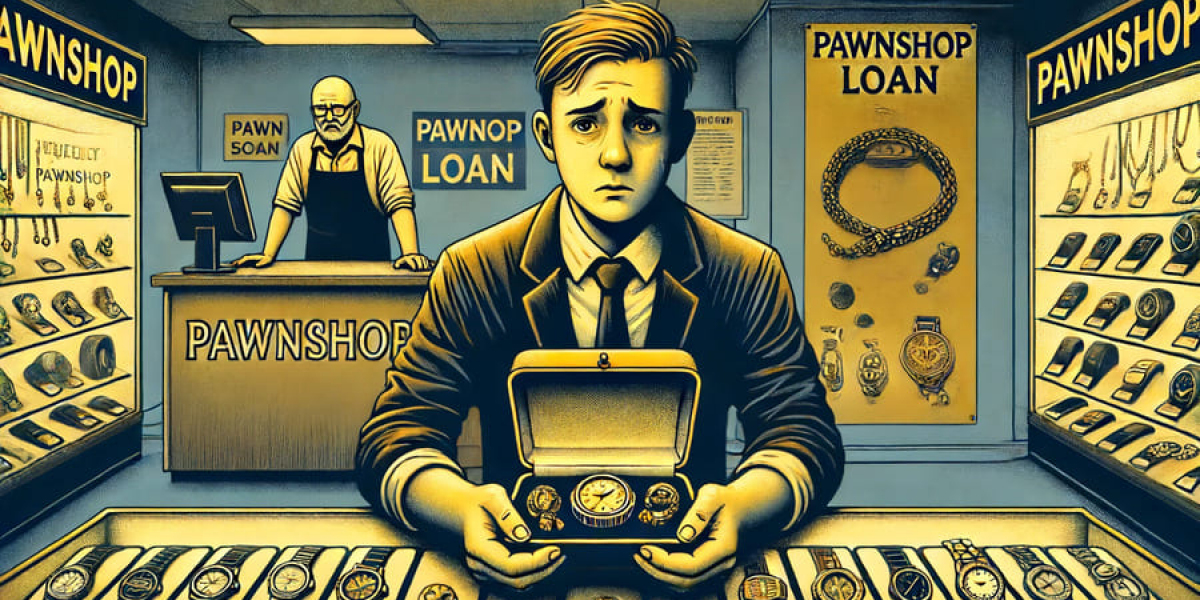Where Streetwear Meets Positivity
In an era where fashion brands often chase exclusivity, edge, and hype, Mad Happy has carved out a refreshing and necessary niche by focusing on the opposite—optimism, inclusion, and well-being. Founded in 2017 by four young visionaries—Peiman Raf, Noah Raf, Mason Spector, and Joshua Sitt—Mad Happy is more than a clothing label. It’s a cultural movement. At its core, Mad Happy blends streetwear aesthetics with powerful messages centered around mental health awareness and community empowerment. In a world grappling with digital overload, social disconnection, and mental health crises, Mad Happy’s emergence has been timely, resonant, and, quite frankly, vital.
Origins of Mad Happy: A Mission in the Making
Mad Happy didn’t start as a typical fashion brand. Its roots lie in the founders' personal journeys with mental health. Peiman Raf and Mason Spector, in particular, had candidly spoken about their battles with depression and anxiety. Instead of letting these struggles define them, they sought to channel their experiences into something meaningful—a brand that would not only sell hoodies and sweatpants but also elevate conversation around emotional well-being.
The name itself—Mad Happy—is a deliberate juxtaposition. It acknowledges the complexity of human emotion: you can feel both mad and happy, anxious and hopeful, all at once. This duality is what makes the brand so relatable. Mad Happy was born not to mask pain but to accept it, explore it, and find light within it. It was the beginning of a brand that would weave emotional honesty into the very fabric of streetwear.
The Aesthetic: Minimalism Meets Messaging
Mad Happy’s design language is clean, understated, and message-driven. You won’t find elaborate graphics or outlandish patterns here. Instead, the brand relies on minimalist fonts, pastel tones, and simple silhouettes—hoodies, crewnecks, joggers, tees—that prioritize comfort and speak volumes through subtlety. The typography often includes uplifting phrases like “Local Optimist,” “Mental Health Is Health,” and “Made With Optimism.”
This intentional simplicity makes Mad Happy’s pieces versatile and unpretentious. They're designed for everyone—men, women, and nonbinary individuals—eschewing trends in favor of timeless, feel-good essentials. Every item feels like a personal message, a wearable affirmation, and a nod to vulnerability as strength.
Mental Health: At the Heart of the Brand
What sets Mad Happy apart from nearly every other streetwear brand is its unwavering commitment to mental health advocacy. This is not a marketing gimmick or performative activism—it’s the heart and soul of their operation. Through their nonprofit arm, The Mad Happy Foundation, the brand donates a portion of every sale toward mental health initiatives. This includes partnerships with organizations like the JED Foundation and Project Healthy Minds.
But more than monetary support, Mad Happy leverages its platform to foster open conversations. From hosting community events and panel discussions to publishing long-form interviews and wellness content in their journal “The Local Optimist,” the brand actively creates spaces—both online and offline—where people can connect, share, and heal.
Their campaigns often feature real people and unfiltered stories, replacing idealized models with diverse faces and real emotions. This authenticity is magnetic; it builds trust and nurtures a sense of belonging rarely seen in the fashion industry.
The Rise to Cult Status
Mad Happy’s rise was not fueled by celebrity endorsements or traditional advertising. Instead, it spread organically through a combination of compelling storytelling, relatable messaging, and strategic community engagement. When people wear Mad Happy, they’re not just making a fashion statement—they’re signaling alignment with a mindset and a movement.
That said, the brand has also caught the attention of high-profile figures like LeBron James, Gigi Hadid, and Jay-Z, all of whom have been spotted sporting Mad Happy pieces. These sightings helped boost visibility, but it’s the brand’s core values that keep people coming back. The blend of comfort, style, and emotional resonance is rare—and resonant.
The brand has also executed high-profile collaborations with icons like Columbia Sportswear and luxury retailers such as Mr Porter and SSENSE. These partnerships have allowed Mad Happy to expand its reach without diluting its ethos. Each collaboration feels intentional, carefully curated to ensure alignment with the brand’s identity and values.
Local Optimist: Building Community One Pop-Up at a Time
Madhappy Hoodie signature pop-up shops, often dubbed “Local Optimist” spaces, have been an ingenious part of its community-building strategy. These temporary retail experiences are less about commerce and more about connection. Each pop-up is uniquely designed to reflect the energy of its city, complete with localized apparel drops and interactive installations focused on mental health and emotional wellness.
In Los Angeles, for example, a Mad Happy pop-up featured a gratitude wall where visitors could write down what they were thankful for. In New York, they hosted a mental health panel with local therapists and thought leaders. These spaces not only attract shoppers but also cultivate community—redefining what a retail experience can be.
By merging art, dialogue, and commerce, these pop-ups exemplify Mad Happy’s mission to bring optimism to every corner of the world—one neighborhood at a time.
The Business Model: Purpose Before Profit
What’s remarkable about Mad Happy is how it has managed to scale without sacrificing its soul. In 2021, the brand secured investment from LVMH’s Luxury Ventures arm—a move that signaled confidence in its long-term potential. While some feared that this might lead to a watering down of its ideals, Mad Happy has stayed true to its mission.
The founders have been strategic, growing at a pace that allows them to maintain quality and integrity. Limited drops, curated partnerships, and a direct-to-consumer model have all helped the brand retain exclusivity without alienation. Their online presence is robust but not overwhelming, and their physical expansions—such as opening flagship stores—have been thoughtful rather than rushed.
This balance between purpose and profit is rare in the fashion industry, particularly in streetwear, where hype often overrides substance. Mad Happy has proven that you can build a successful business without compromising on your values.
Cultural Impact: More Than Just a Brand
Mad Happy has become a cultural touchstone for a generation craving authenticity, empathy, and meaningful connection. In a time when doomscrolling, burnout, and societal polarization dominate the headlines, Mad Happy’s message of optimism and vulnerability resonates deeply.
It has inspired other brands to take mental health more seriously—not as a trend, but as a core principle. Whether it’s through hiring mental health consultants, promoting self-care content, or donating to related causes, the ripple effect is real. Mad Happy may not have invented the conversation around mental health in fashion, but it has certainly amplified it in a way that feels lasting and influential.
Moreover, the brand’s success challenges long-held assumptions about what streetwear must look and feel like. It opens the door for fashion to be not just expressive, but also healing—a canvas for societal change.
Criticism and Growth: Navigating the Challenges
No brand is immune to criticism, and Madhappy is no exception. Some skeptics have questioned whether fashion is an appropriate medium for such a serious issue as mental health. Others have raised concerns about the affordability of its products—arguing that a $160 hoodie, no matter how well-meaning, may not be accessible to those who could benefit most from its message.
These are valid points, and to their credit, the Mad Happy team has addressed them transparently. Through tiered pricing strategies, donation-based models for digital content, and the expansion of community events in underserved areas, the brand is actively seeking ways to be more inclusive.
What matters is not perfection, but intention—and Mad Happy has consistently demonstrated a willingness to evolve, listen, and do better.
Looking Ahead: The Future of Mad Happy
The future of Mad Happy looks bright—not just in terms of growth, but in potential to reshape the cultural fabric. With plans to expand globally, launch more mental health-focused campaigns, and deepen its community roots, the brand is well-positioned to lead the next era of conscious fashion.
It also serves as a model for the industry at large. Mad Happy proves that you can be profitable and purposeful, cool and kind, stylish and socially responsible. It’s a blueprint for a new kind of brand—one that sells not just products, but also hope.
A Movement in the Making
Mad Happy is not just a brand—it’s a movement. It challenges the norms of what fashion can be and dares to bring vulnerability into an industry often built on appearances. In doing so, it has created something rare and needed: a community driven by empathy, a platform for honest conversation, and a product line that feels as good emotionally as it does physically.
In a world full of noise, Mad Happy speaks softly—but carries a message that echoes far and wide. As we move into a future where mental health, authenticity, and community will only become more important, Mad Happy isn’t just relevant—it’s essential.

